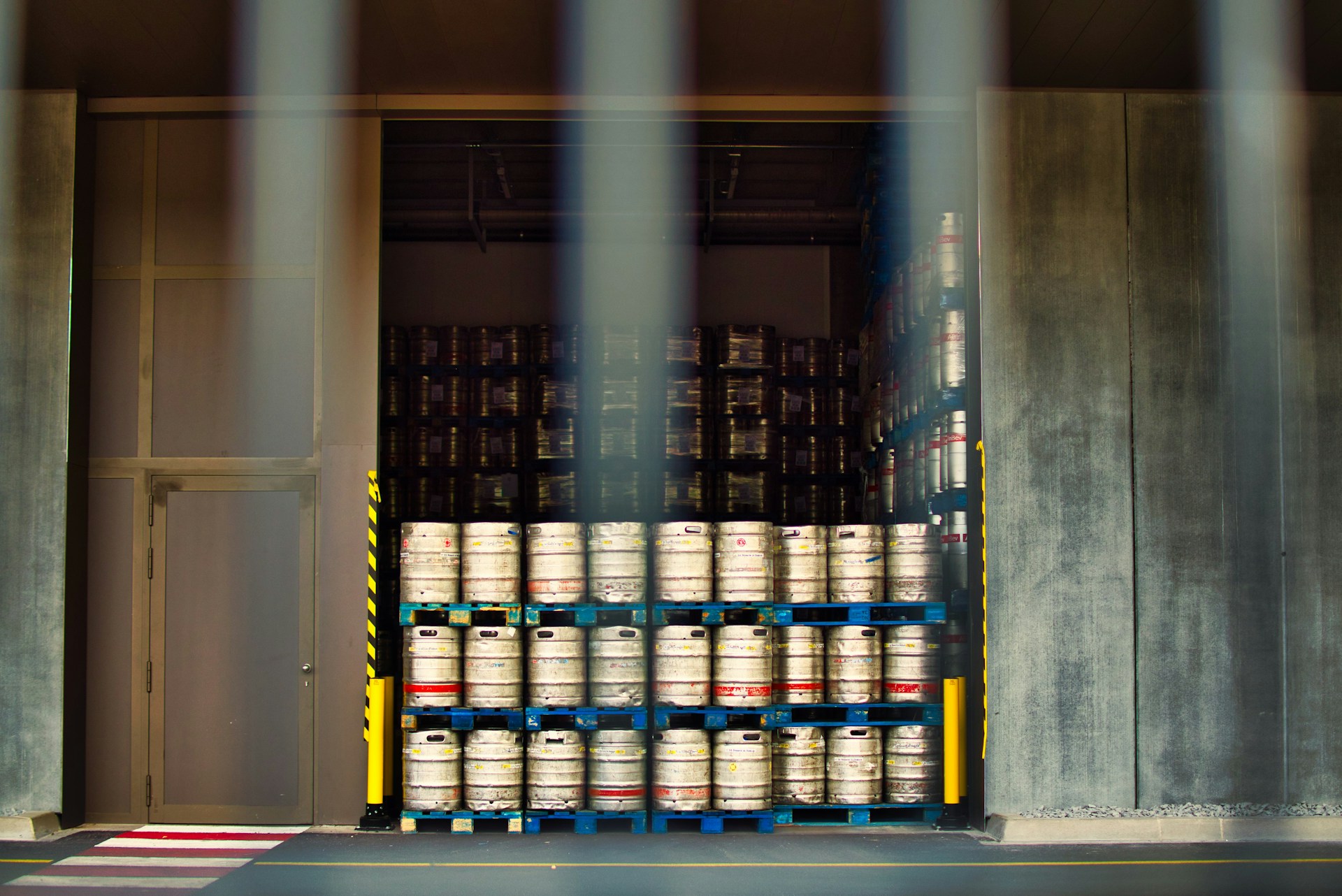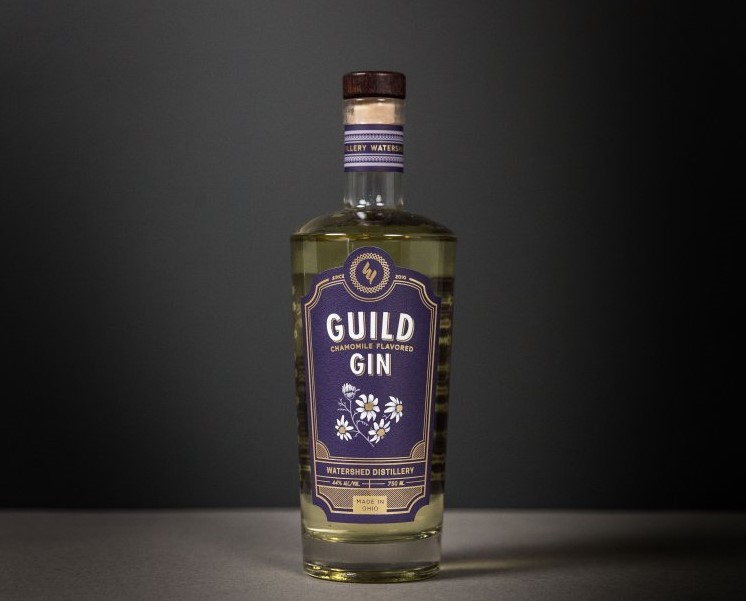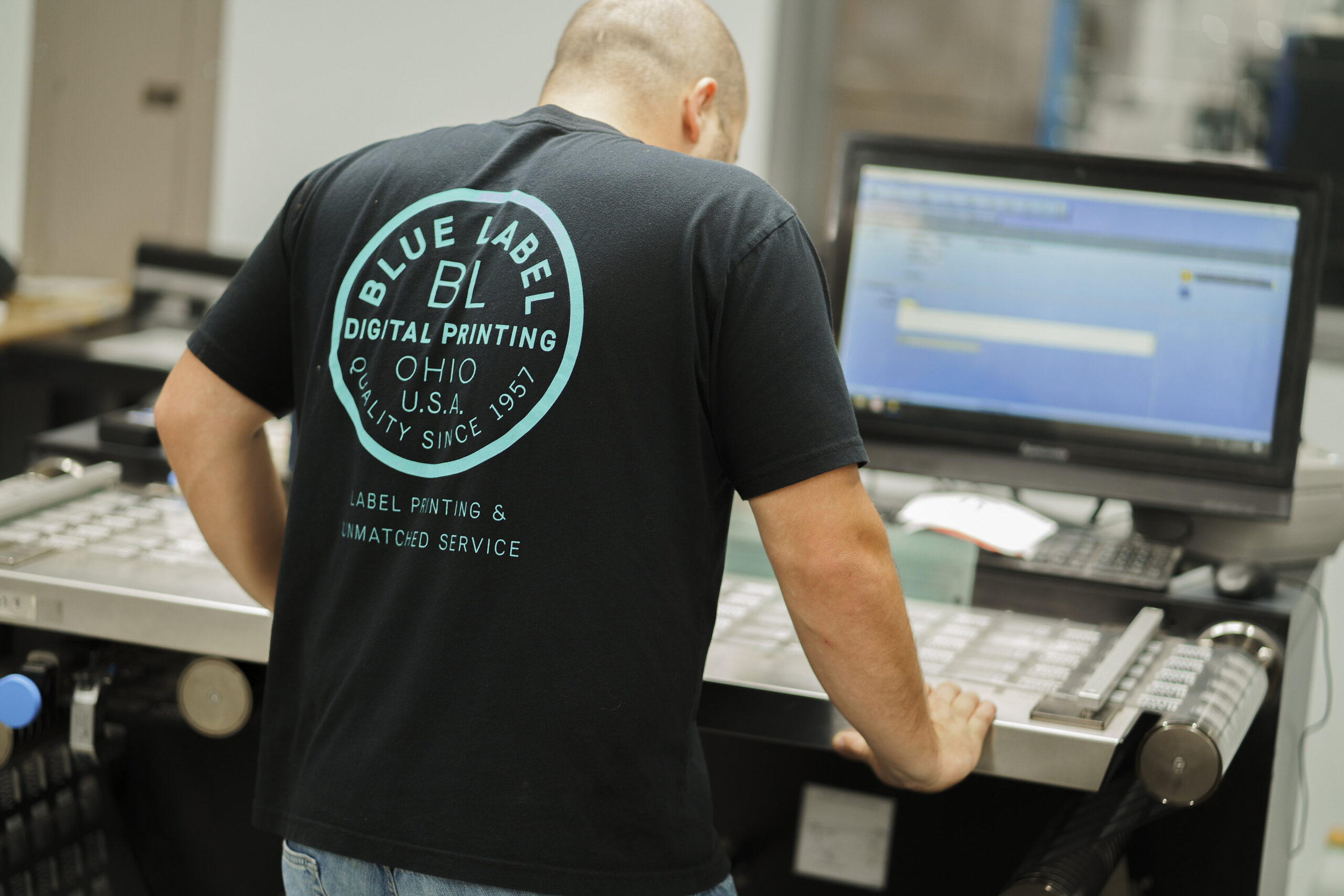How to Choose the Right Packaging for Alcohol Shipping: Safety, Compliance, and Branding
Whether you’re a small business looking to send out your craft spirits or a large brand aiming to distribute widely, making sure your products reach their destination safely and legally is crucial. Shipping alcohol can be a complex process filled with numerous regulations and requirements that vary significantly from state to state.
This guide will break down the essentials of alcohol shipping regulations, including the necessary permits, packaging for shipping alcohol techniques, and state-specific guidelines that you need to follow.
Regulatory Compliance
Before arranging any shipment of alcohol, you should be aware of each state’s transportation regulations.
Shippers should also obtain the necessary licenses and establish agreements with carriers such as FedEx and UPS. Each state may have its own specific regulations regarding the shipment of alcohol. However, some states completely prohibit it.
Some licenses that are required include:
- Federal Basic Permit: Issued by the Alcohol and Tobacco Tax and Trade Bureau (TTB), this permit is necessary for any business engaging in the production, importation, or wholesale distribution of alcohol.
- State Alcohol Shipping Permit: Each state requires shippers to obtain an alcohol shipping permit. The necessary type of permit varies by state, and some states may require multiple permits depending on the nature of the shipment.
- Carrier Agreements: Agreements with carriers like FedEx, UPS, and DHL that outline the terms and conditions for shipping alcohol.
- Sales Tax Permit: Required by most states to legally collect sales tax on shipped alcohol.
- Shipping Carrier Compliance Bond: A bond that some carriers require to ensure compliance with their alcohol shipping guidelines and regulations.
Adult Signature Verification
All alcohol shipments require an adult signature (21+ years) upon delivery. Alcohol Signature Verification ensures that alcohol is not delivered to minors and typically incurs an additional fee. Carriers have specific procedures to verify the recipient’s age and identity at the time of delivery.
These procedures often include checking a valid government-issued identification and obtaining a signature to confirm that someone of legal drinking age received the package.
Safety and Durability
After checking with federal and state laws, your next priority is to get your customer a safe and intact product. Proper packaging helps your products withstand transit shocks, vibrations, and potential impacts.
These are a few best practices for getting your alcoholic beverage delivered in mint condition:
- Use the right materials: Choose a durable box with inner packaging made of polystyrene, molded pulp, or die-cut corrugated.
- Protection: Inside the box, each bottle should be individually cushioned with padded dividers or foam inserts to prevent movement and breakage. To protect bottles, you can also use bubble wrap or wine bottle sleeves.
- Pack tightly: Fill any empty space with filler material like foam peanuts, air pillows, or crumpled paper. Wrap each bottle individually to prevent them from breaking. Pack the box so that it doesn’t move when shaken.
- Secure the package: Use strong tape to seal the box along all edges and corners. You can also reinforce the bottom with extra tape or a corrugated pad.
- Label instructions: Mark the box as “Fragile” or “Handle with Care”.
- Seasonal considerations: Temperature control is another consideration—using insulated packaging or gel packs can help maintain the beverage’s quality, especially during extreme weather conditions.
Packaging and Branding Materials
Picture this: your beautifully crafted product travels thousands of miles, enduring various handling stages and environmental conditions, only to arrive with a worn-out, unreadable label.
Using the proper packaging materials will help your alcohol shipments reach your customers in their best condition. Below are a few important considerations to keep in mind when shipping alcohol.
Materials
Using acceptable materials like molded polystyrene, pulp dividers, and sturdy corrugated cartons ensures your product and its packaging remain intact. When it comes to a safety net, reinforced bottoms are your best friend.
Most major carriers, like FedEx and UPS, include detailed guidelines on what materials can be used for packaging on their websites.
Strong adhesives
Whether braving downpours or UV rays from the sun, a label with strong adhesive should stay put. The right adhesive helps your label stay put and in compliance no matter what wild adventures it may encounter.
Label laminates
Laminates act as barriers against environmental factors, protecting labels from moisture, temperature changes, and abrasion. High-quality laminates keep crucial information like legal disclaimers, barcodes, and brand details intact and readable during transit.
UV coatings
UV coatings provide a layer of protection against harmful ultraviolet light, which can degrade both the label material and the printed information over time. By applying UV coatings, labels are protected against fading, discoloration, and other forms of deterioration caused by UV exposure, particularly during extended periods in transit or storage.
Alcohol Label Requirements
Preparing your label before it gets picked up by your carrier helps avoid issues during shipping. Here is what you need to know:
- Electronic shipping solutions: Shippers must use carrier-approved electronic shipping solutions to create and manage shipping labels. This allows shipments to be properly documented and traceable.
- Active alcohol shipping account: Carriers like FedEx and UPS have specific systems for processing alcohol shipments. For instance, FedEx requires shippers to have an active alcohol shipping account and a signed agreement.
- Special labels: A special alcohol label and an adult signature requirement sticker. Similarly, UPS mandates that shippers have a UPS Agreement for Approved Beer or Wine Shippers.
- Declaration: You’ll need to provide details about the contents of the package with clear identification. Alcohol shipments must be clearly labeled as containing alcohol.
- Adult signature: Labels should indicate that an adult signature is required upon delivery.
- Compliance with origin and destination regulations: Special labels can be obtained from the shipping carrier, and packages must comply with both origin and destination state labeling requirements.
Direct-to-Consumer Alcohol Packaging vs. Distribution Packaging
As an alcohol manufacturer, you might be wondering about the differences between direct-to-consumer alcohol packaging and packaging designed for distribution and shipping on a larger scale.
When shipping directly to consumers, packaging needs to cater to a more personal experience—think appealing designs that embody your brand and provide an unboxing experience. Consider how your packaging can spark joy, but be tough enough to handle.
On the other hand, B2B or distribution packaging focuses more on efficiency and durability; your primary goal is to ensure products arrive intact and ready for resale. This often means using more robust supplemental materials and prioritizing functionality over aesthetics.
Both packaging types have one thing in common—they require a focus on product protection. If you choose the right packaging partner, both can look good and maintain the integrity of your product.
Let Blue Label Help You Choose the Right Packaging
Blue Label Packaging Co. has dedicated experts who can guide you through the ins and outs of packaging regulations. We offer customized solutions like alcohol-compliant labels with no minimum order, second-skin shrink sleeves, and hang tags with luxe finishes.
At Blue Label Packaging, we put our expertise to work. Explore our product labels or talk to an expert about your next packaging product.


